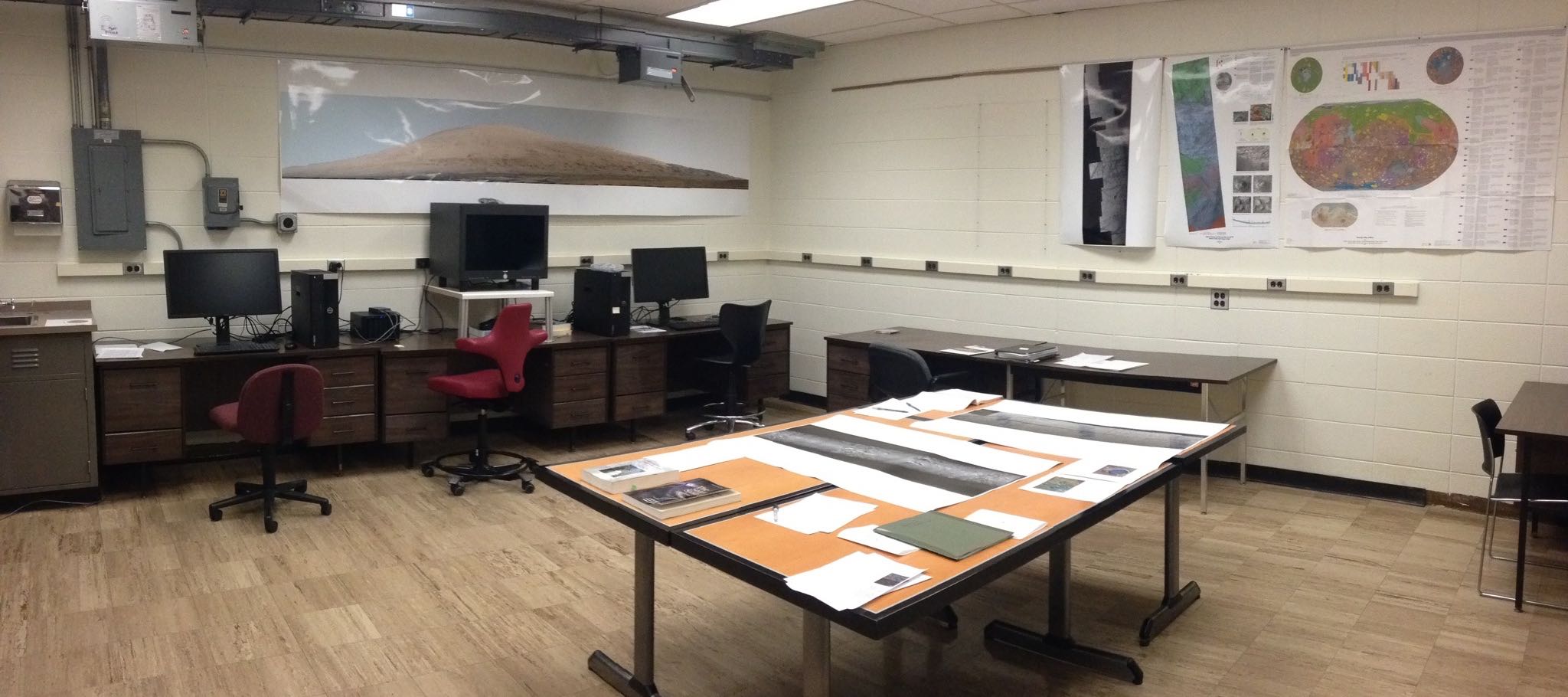The University of Chicago was the cradle of modern planetary science. In the 1940s and 1950s, Gerard Kuiper gave observational planetary science a firm grounding in physics and chemistry. At Chicago, Kuiper discovered Miranda and Nereid, found methane in the atmosphere of Titan and CO2 on Mars, and correctly predicted the existence of a belt of dwarf planets beyond the orbit of Neptune (now called the Kuiper Belt). At the same time, Eugene Parker developed the basic theory of the solar wind, and Harold Urey and Claire Patterson’s work was founding cosmochemistry – using meteorites to probe the birth environment of the Earth (some of this work was covered in the Cosmos: A Spacetime Odyssey television series) . Urey’s work on the chemical prerequisites for the origin of life was an inspiration for Carl Sagan (B.S. ’55, PhD ’60). The isotopic and chemical fingerprints of solar system formation were untangled by University of Chicago cosmochemists including Larry Grossman and Robert Clayton. The first compositional measurements at the surface of the Moon were made by a University of Chicago instrument. The first science instrument to fly on a Mars rover, the Sojourner X-ray spectrometer, was built at the University of Chicago.
Today, planetary research occurring within our department is complemented by and integrated with research elsewhere in the University and in Chicago. For example a cohesive exoplanet group with members from our department and the Department of Astronomy and Astrophysics (including Professors Bean, Fabrycky, Konigl, Rogers, and Powell) meets weekly to discuss the latest developments in exoplanet research, and there is a weekly cosmochemistry seminar that includes active participation by Phillip Heck, whose primary appointment is at the Field Museum. We are continuing the legacy of research into planet formation and early evolution (Dauphas, Ciesla, Davis, Campbell, and Heck). We have also expanded into new areas recently, including exoplanets and planetary habitability (Abbot, Bean, Fabrycky, Kite, and Rogers). This expansion has already started to produce successful PhD graduates. Spectroscopic observations of rocky exoplanets require large telescopes, and the University of Chicago has reserved time on the Magellan telescopes and is a founding partner in the Giant Magellan Telescope, which at first light will have five times the light-gathering power of any other telescope. From 2022, the University of Chicago is home to a new Origins of Life Initiative, led by Nobel Prize-winner Jack Szostak. Potential graduate students interested in planetary science should consider the research of the faculty in our department and in the Department of Astronomy and Astrophysics to determine which department they would fit best in and should apply to.
People
- Dorian Abbot
- Alya Al-Kibbi
- Andrew J. Campbell
- Fred Ciesla
- Brandon Coy
- Nicolas Dauphas
- Andrew M. Davis
- Ashraf Dhahbi
- Bowen Fan
- Gavin Fowler
- R.J. Graham
- Lawrence Grossman
- Philipp Heck
- Ian Hutchison
- Xuan Ji
- Edwin Kite
- Ruslan Mendybaev
- Debarun Mukherjee
- Ellen M. Price
- Frank M. Richter
- Mark Rivers
- Natasha Rodkin
- Thomas Stephan
- Stephen R. Sutton
- Maddy Turner
- Maria Valdes
- Eric Van Clepper
- Xin Yang
- Huanzhou (Jeffrey) Yang
- Daniel Zhou




